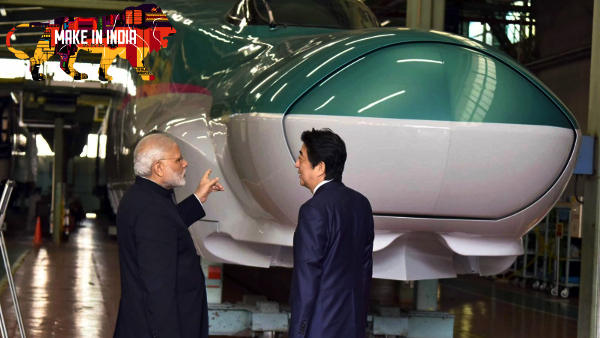The country’s first high-speed rail project, spearheaded by the Railway Ministry’s special purpose vehicle – National High-Speed Rail Corporation (NHSRCL) will contribute in reducing India’s dependence on imports for crude oil, besides boosting infrastructure development.
The high-speed rail will be powered by indigenous electric power, unlike diesel, petrol, or aviation fuel. It is a proven environment-friendly transport option, according to the NHSRCL, responsible for developing and implementing the bullet train project.
Data from the National High-Speed Rail Corporation’s website shows, the carbon emission for a 600 km trip per passenger by the high-speed rail is 8.1 kg, compared to 67.4 kg for car travel and 93 kg for airplane travel, according to a study by the International Union of Railways.
This means that the carbon emission by the high-speed rail is far lesser than a car or an airplane. As the high-speed rail will be operated by electric power, it will contribute in reducing the country’s dependence on imports for crude oil.
Source: Energy Infra Post
You may also like
-
Dot Simplifies Approval Processes For Telecom Licenses And Wireless Equipment
-
PM to Inaugurate SEMICON India 2024 on 11th September
-
Shri Piyush Goyal Sets 500 Million Tonnes Domestic Steel Production Target by 2034
-
NHAI to Track Around 100 Toll Plazas with GIS-Based Software for Seamless Movement of Traffic at National Highways
-
“Marching Towards Building A Digitally Connected Bharat and An Atmanirbhar Telecom Sector”: Union Minister Jyotiraditya Scindia
